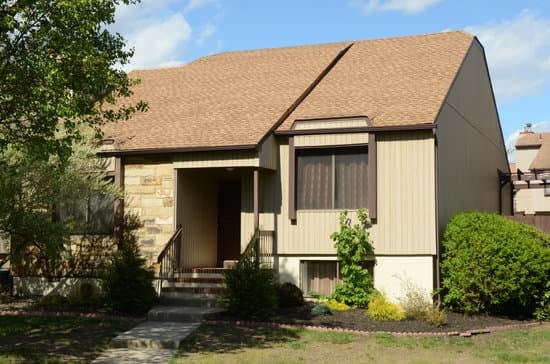Wire gauge is an important consideration when it comes to electrical wiring in the home. The right size of wire is essential to ensure safety and efficient operation of all electronic devices and major appliances. In general, you will find two main wire gauge sizes used in residential sector: 14-gauge and 12-gauge. However, larger appliances such as electric stoves, water heaters, central air, and dryers that come with electric appliances require thicker wires rated at 10, 8, or 6-gauge. Here are some key points to keep in mind about wire gauge sizes for homes:
14-gauge wire is rated for up to 15 amps, and is commonly used for lighting and other low-power devices in the home such as lamps and fans.
12-gauge wire has a capacity of 20 amps, and is used for most general household devices and appliances including kitchen appliances, power tools, and outdoor equipment.
10-gauge wire has a capacity of 30 amps, and is a common choice for larger appliances like washers, dryers, and electric ranges.
8-gauge wire has a capacity of 50 amps and is used for even larger appliances such as electric water heaters, central air, and pool pumps.
6-gauge wire is rated for up to 70 amps and typically used for subpanels, fast-charging stations for electric cars, and other heavy-duty appliances.
Remember to always consult a licensed electrician before attempting to do any wiring on your own. Safety should always be your top priority when working with electricity at home.






















